Robert Triggs / Android Authority
Google Photos is perhaps the best cross-platform image gallery app on Android and the fuss-free way to back up your images. However, like every service, it isn’t infallible. Things can go wrong and I’m a cautious person. So to avert any potential troubles, I live my digital life by the 321 backup rule.
There’s always a chance that a service bites the dust, as Google’s list of killed apps proves time and time again. Or, you may accidentally lock yourself out of your account, leaving your years of memories siloed and unreachable. And, according to its Help Center, Google reserves the right to “terminate an account at any time, for any reason, with or without notice.”
To mitigate these issues, it’s essential to lean on services and media beyond a single service, like Google Photos, to keep your photos and videos safe.
What is the 321 backup rule?
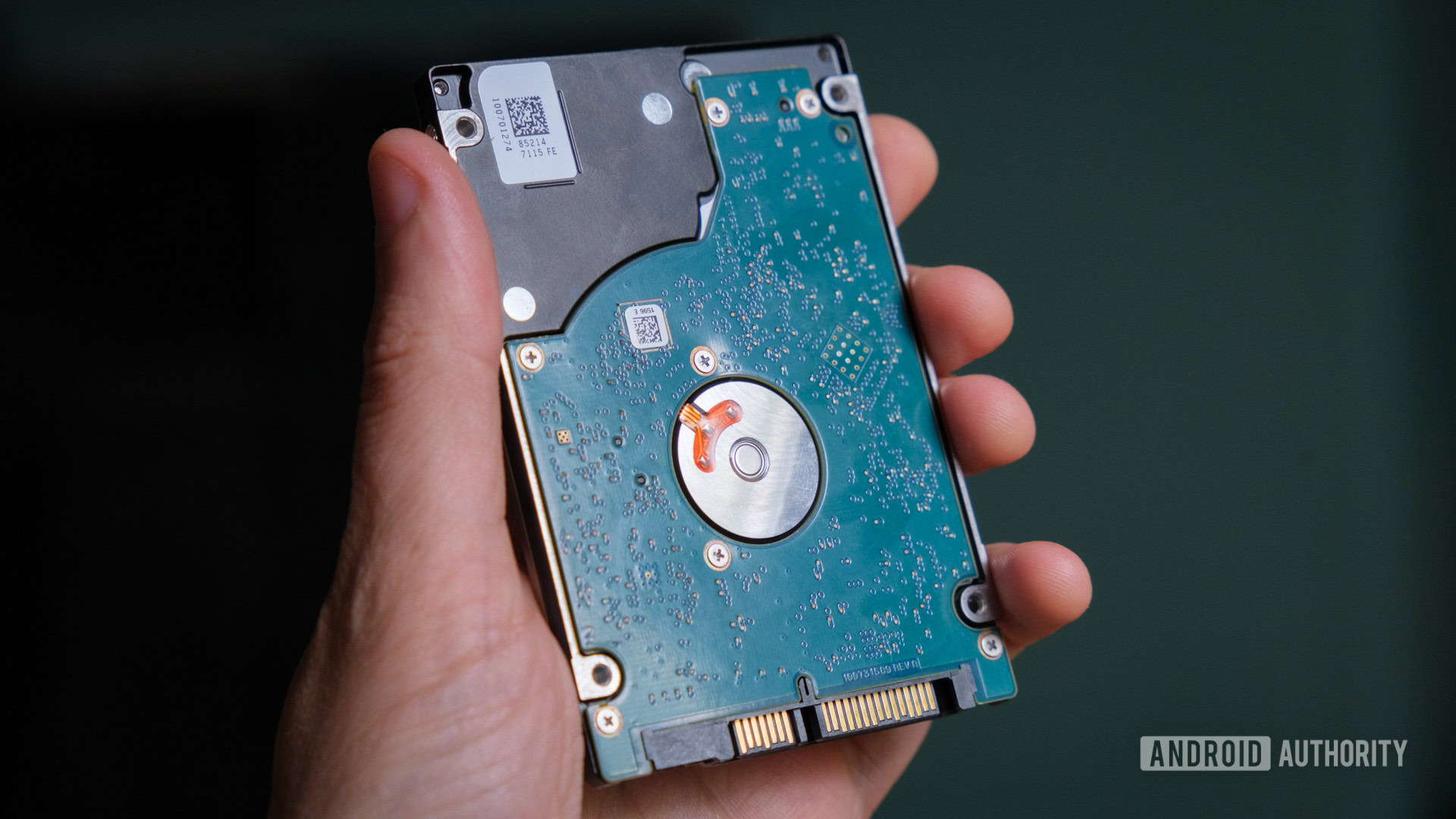
Robert Triggs / Android Authority
It may sound intimidating, but the 321 backup rule is pretty simple. It’s a foolproof way to ensure that your data is always safe and accessible in a disaster.
The philosophy is attributed to professional photographer Peter Krogh, whose content is still referenced as the gold standard for digital data management. Sure, most of us don’t consider our Google Photos libraries professional portfolios, but they arguably hold even more value. This rule makes just as much sense for casual snappers as professionals.
In essence, the 321 rule demands that:
- 3 copies of the data should be created in total
- 2 copies should be made using different media
- 1 copy should be kept offsite
For many, Google Photos will be the offsite backup. The ease and immediacy at which your images are uploaded to the service makes it a solid first backup step. However, the other two copies and media are up for interpretation. In a sense, one’s smartphone could house one of the two copies, while the other media could be as simple as an external hard drive, SSD, NAS, a remote server, or a secondary backup service like Amazon Photos.
The beauty of the 321 backup rule is that you can adapt it to best suit your needs and limitations.
The beauty of this backup rule is that you can adapt it to suit your needs and limitations best. Because you’re storing images not constantly changing data like a spreadsheet or database, you could even use much more affordable media, like Blu-rays or DVDs, for longer-term storage of your images.
To give you an example of how I use the rule to save my images, my current setup is as follows:
- Google Photos is my offsite backup
- My Synology NAS backs up images from Google Photos
- Once every month, I backup my NAS data to a larger external hard drive
This setup has flaws, but as the images are stored on my phone, I feel confident that my data is safe.
Of course, the amount of storage you require depends on how many images and videos you have stored on Google Photos. However, I don’t expect many Google Photos users to require more than 1TB of external storage. I’m subscribed to the 200GB Google One tier, and about 48GB of that is occupied by my visual media. Theoretically, something as affordable as a 128GB flash drive would leave me plenty of headroom.
It’s your media, so keep it close
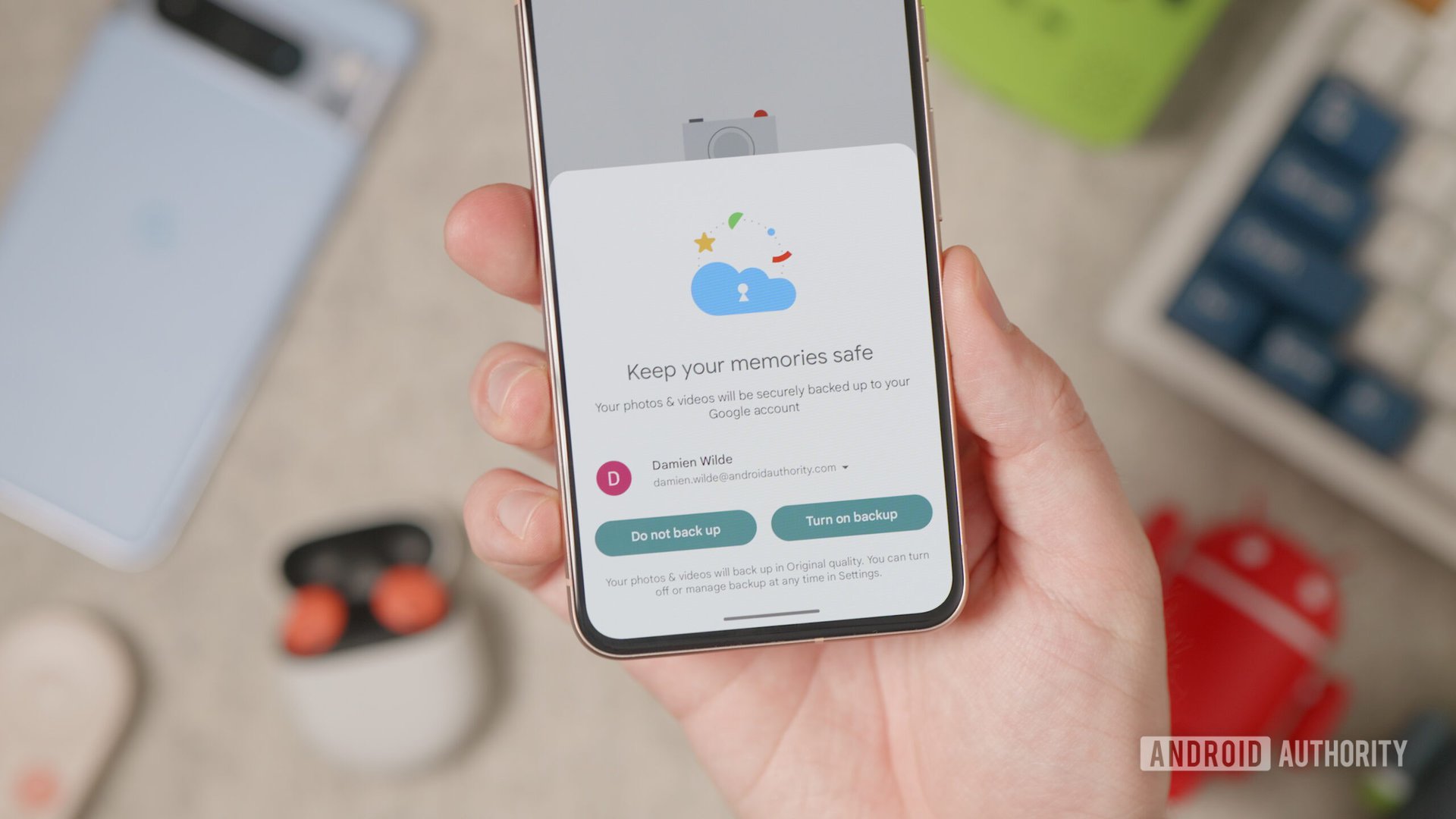
Damien Wilde / Android Authority
Google Photos’ ubiquity (and any other online service) shouldn’t be taken for granted. The service is reliable and easily accessible, but keeping copies of your images close to your chest, on platforms and media you control, is always a good idea. This makes them more readily available if Photos succumbs to Google’s scythe or you suffer an embarrassing password gaffe.
The 321 backup rule is relatively easy to implement in its simplest form, too, and doesn’t demand that users spend thousands of dollars to implement it. Sure, it demands your time and attention, and yes, you can spend loads of cash on the perfect design, but you don’t absolutely have to.
Keeping copies of your images close to your chest, on platforms and media you control, is always a good idea.
From a personal perspective, this rule also allows me to review which images are important to me, deleting the excess shots before backing up the truly important takes. Like washing dishes or doing the laundry, this rule turns backing up my data into a weekly/monthly imperative, holding me accountable. It also helps me to refine my photography, ultimately learning from them by more closely perusing them.
Overkill, or better safe than sorry?
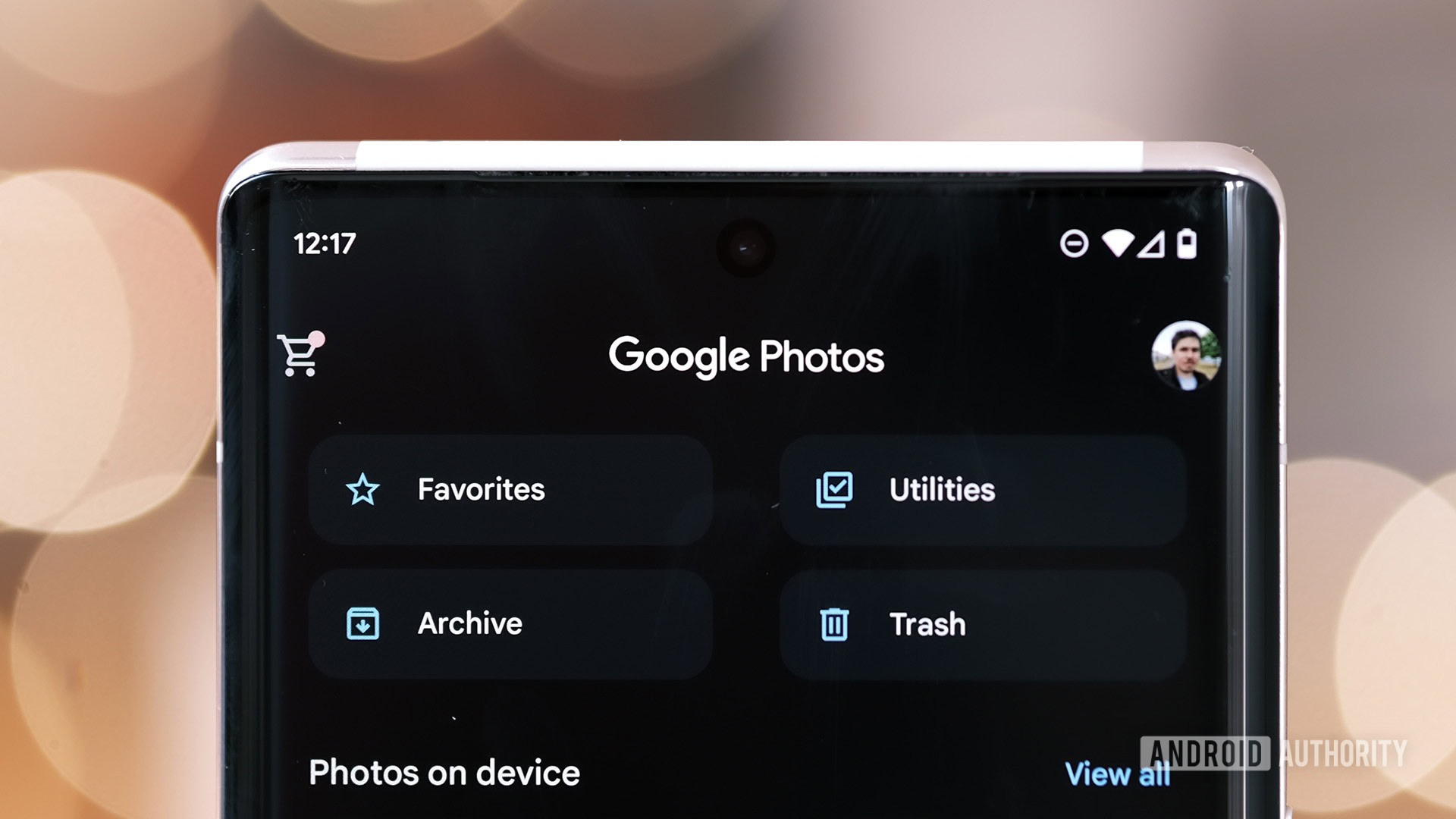
Robert Triggs / Android Authority
I know that such an extensive backup regime may be unnecessary for many users, especially those who don’t really value the shots they take with their phones. It demands a lot of attention, a degree of learning, and moderate investment in storage. With Photos and your smartphone holding your shots, you’re already storing your images on two platforms. That’s enough for most.
Yes, my imagination of Google Photos’ eventual death is exaggerated for effect, but I’ve come to realize that planning for problems, especially with your important data, is gold. When I was younger and much dumber, my PC was stolen, and with it, years of memories of hiking trails, celebrations, and adventures. I had no backup strategy back then. Lesson well and truly learned!

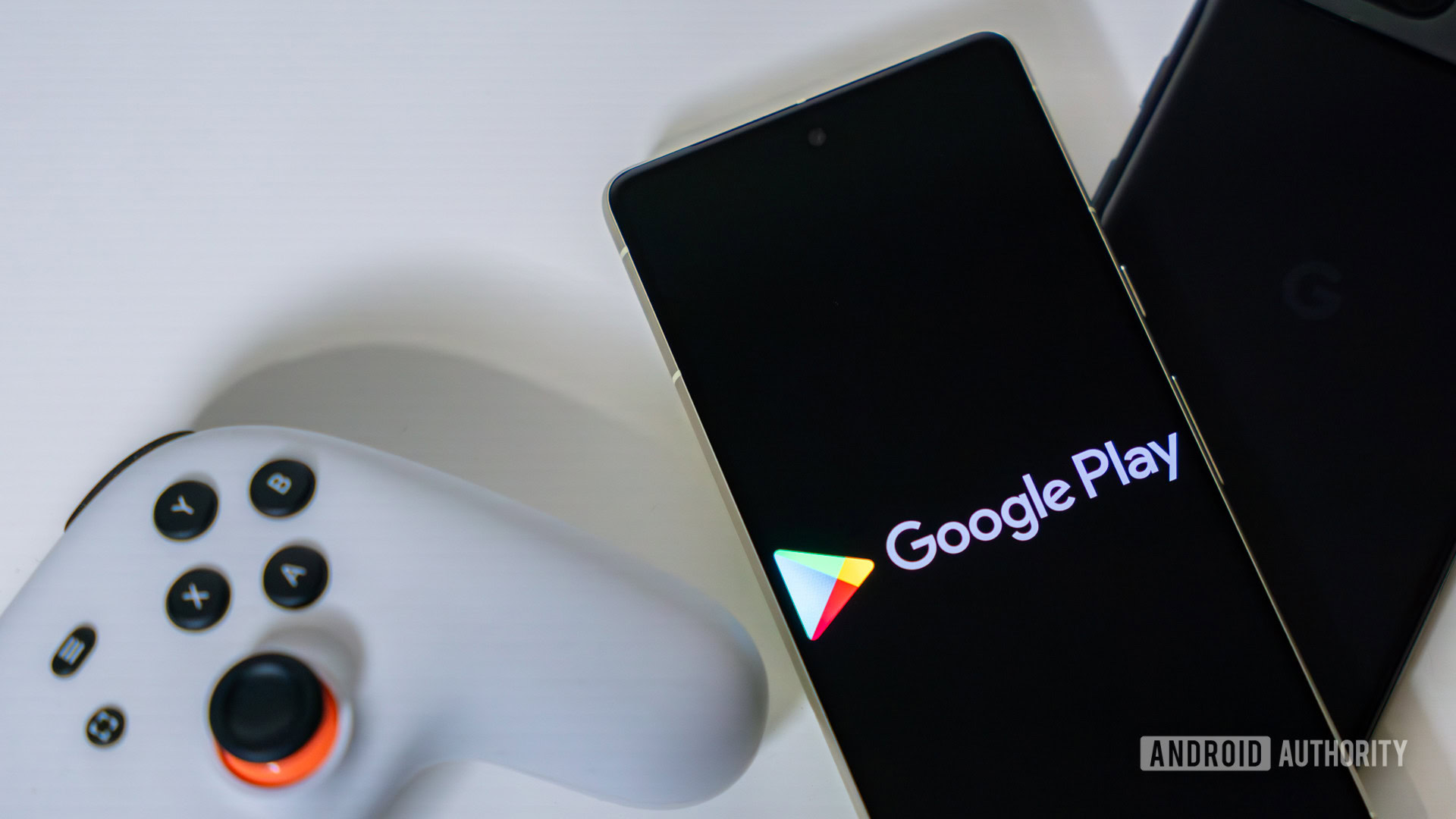
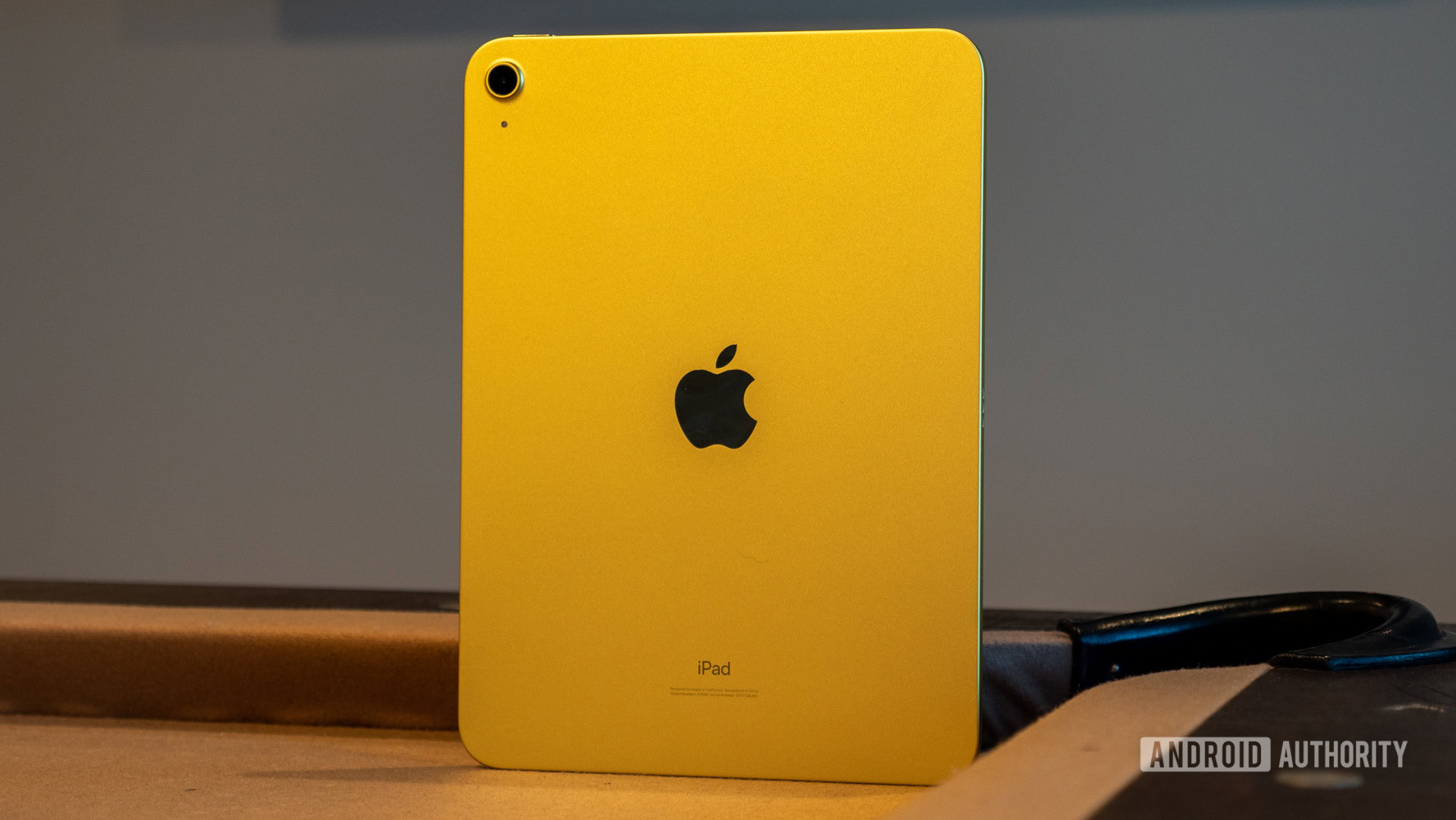
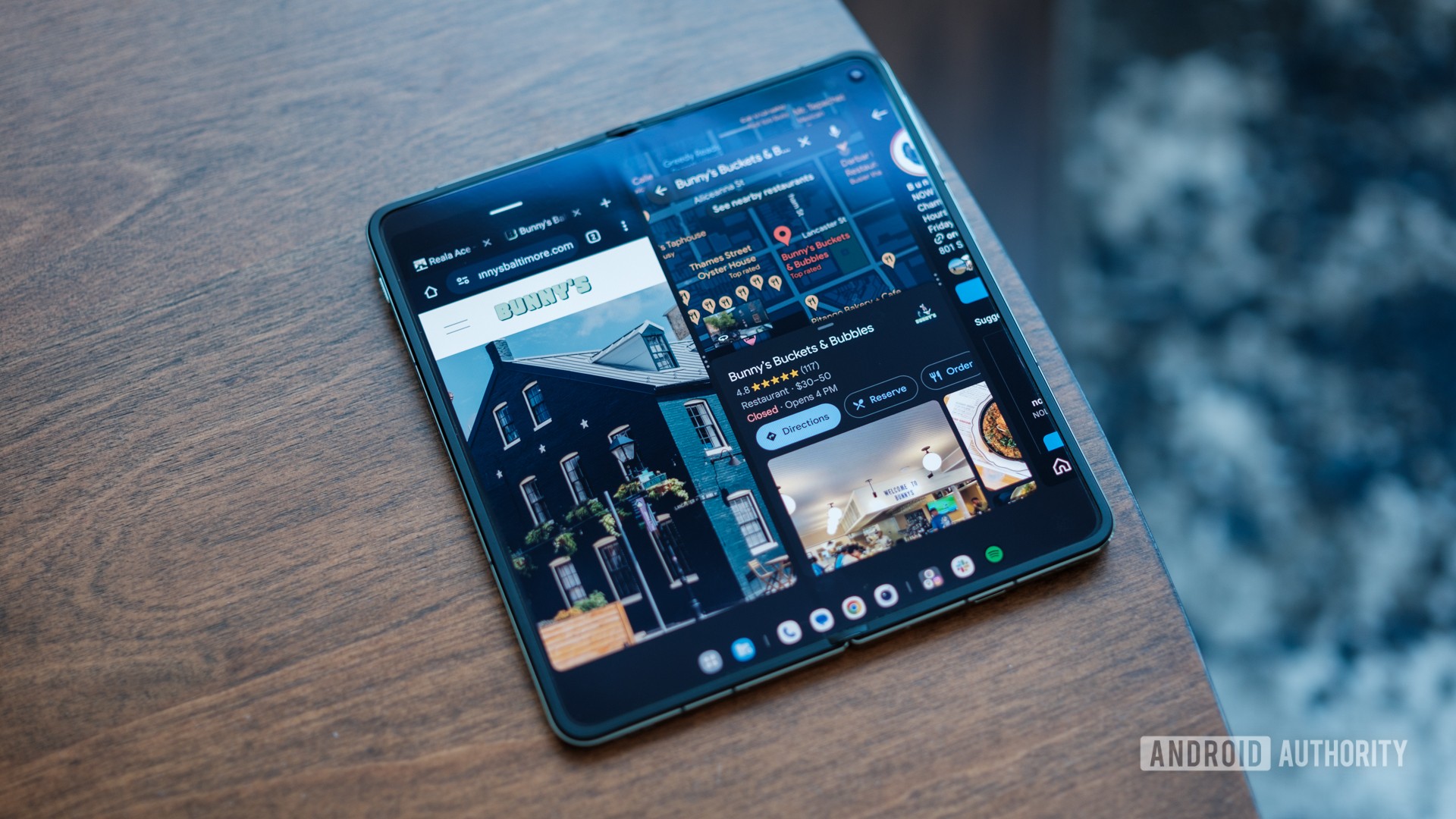




 English (US) ·
English (US) ·